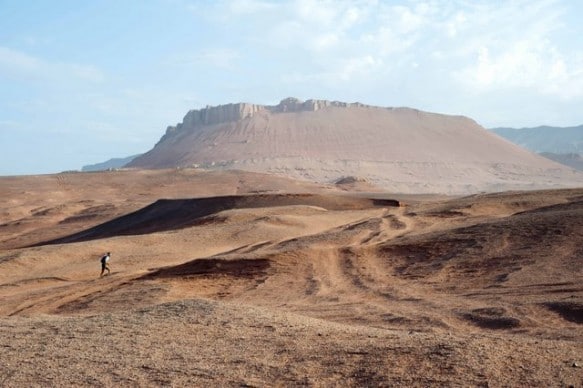The Gobi Desert Mongolia
Lying between Siberia to the north and the Tibetan Plateau to the south—
and covering a landmass of 500,000 square miles—the Gobi is one of the
most remote and least trodden deserts in the world. The third largest in the world after the Sahara and Arabian Deserts, it covers nearly one-third of Mongolia. It’s also one of the world’s most beautiful, with mountain peaks, gravel plains, grasslands, desert steppes, sand dunes, and oases.
Only about 3 percent of the Gobi is covered by sand—including the Singing Sands dunes, so named for the peculiar sound made by the winds blowing over the smooth, round grains—the rest is mostly gravel plains and exposed rock. One of the most famous rock formations is the Flaming Cliffs, named by American explorer and paleontologist Roy Chapman Andrews for its vivid red sandstone cliffs. In 1923, Andrews and his team made the world’s first discovery of dinosaur eggs here. Since then thousands of bones and footprints have been found in the area, including the remains of a velociraptor; organized tours are sometimes invited to help excavate. Trekking along the Jargalant mountain range or within the Gobi Gurvansaikhan National Park is also unparalleled.
Not far from the Flaming Cliffs, the Three Camel Lodge—a sophisticated, eco-efficient ger camp—appears like a mirage. It’s a stylish refuge lodge of Mongolian traditional design, with wood stoves, solar-powered electricity, and hand-painted furniture. Its biggest perk may be the remarkable stargazing in this remote and incomparably beautiful place.



0 comments:
Post a Comment